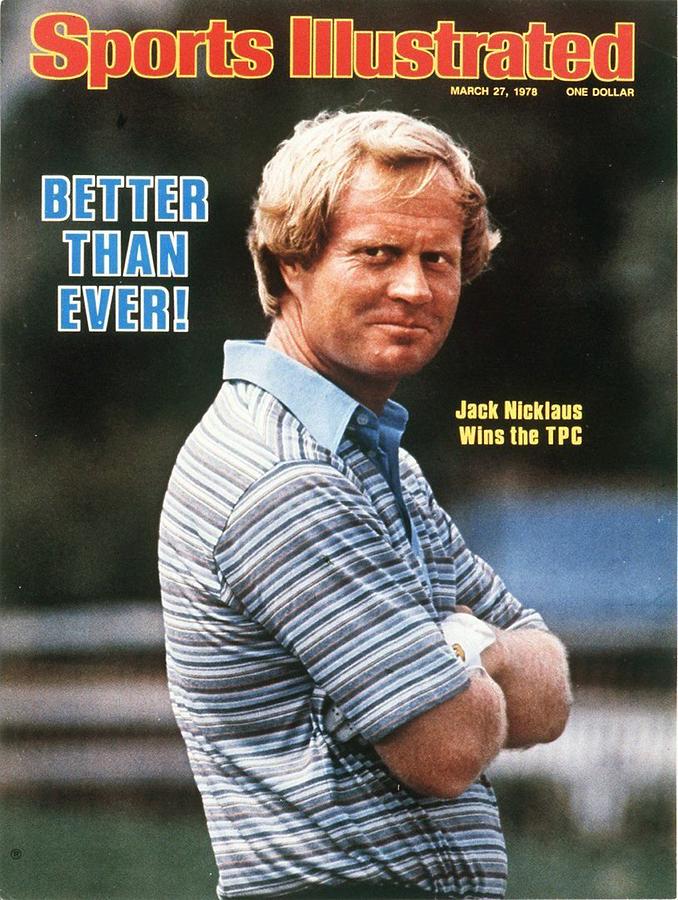

Notable: Since 2005, when a second on-site course was closed and Burning Ridge was able to focus on one set of 18 holes, it has been able to successfully help bridge the gap between the Myrtle Beach hub and county seat of Conway. Notable: Speed golf is the name of the game at Azalea, with renovations made to clean up past problems while getting players on and off the course without gimmicks or too many hazards.

Notable: Although not recommended to everyone, Eagle Nest recently added “Perch” tees, a mega-driving option that stretches the course to more than 7,900 yards and will be recognized as the longest in all of South Carolina. It has the same ownership group today that it did upon opening. Notable: Relatively untouched during its 50 years, Beachwood is set on 180 acres of North Myrtle Beach real estate between the Atlantic Ocean and the Intracoastal Waterway. Notable: Originally known as Quail Creek, Hackler was taken over by the Golf Management Program at Coastal Carolina University and used as the school’s teaching venue for aspiring professionals. “It served as the bridge between the Dunes Club, maybe Palmer at Myrtle Beach National in the 1970s and then that explosion in the 1980s where we went from being not only a value destination but a real quality destination as well.”Ĭourse: General James Hackler Golf Course “Gene Hamm was kind of a gateway architect,” King said. Until Hamm had done his thing, though, that late-era scheme may never have been tested. In the late 1980s, 1990s and even into the 2000s, many of the newest courses shot for the moon with some huge budgets and some of the biggest names in golf attached to their layouts. That design style worked, and it has worked well for others who copied the approach or looked to expand upon it. “There are a good number of holes to play strategically, along with risk-reward holes to keep you interested the entire way around the golf course.”
#Jack hamm golfer professional#
“In my opinion Gene Hamm did an excellent job building a golf course that can be played over and over again,” Indian Wells Head Golf Professional Steve Shaffer said. Burning Ridge Golf Club, Indian Wells Golf Club and his joint effort with Tom Jackson at River Oaks Golf Plantation before he wound down his career. What all of seven of his still-running designs have in common is variety. He dropped three more in our lap in the 1980s. Starting in 1966 with Sea Gull Golf Club (re-designed and re-named in the mid-2000s), Quail Creek (later changed to the Hackler Golf Course) the year after that, Beachwood Golf Club the year after that and Eagle Nest Golf Club and Azalea Sands Golf Club within another four years, and the man once known as the “Calvin Klein of Carolinas Golf” had made his mark in and around Myrtle Beach before Jack Nicklaus won the 1972 Masters. And considering a third of first 15 local designs belonged to Hamm, well, it doesn’t take much to believe what King was saying. “ Azalea, Beachwood, Eagle Nest - those courses brought people down here year after year after year.”īefore the package deals sprawled up the East Coast and golfers from around the globe were exposed to advertising campaigns to visit Myrtle Beach, reputation and word of mouth was what was doing the trick.

| Chris King looks back on the earliest days of Myrtle Beach golf and needed no prodding to pinpoint an architect who played a vital role in the would-be popularity explosion. “In the ‘60s and ‘70s when we started to get a little bit of traction, the reality is that it was Gene Hamm’s work that people were coming down to play,” said King, a longtime contributor for Myrtle Beach Golf Holiday.


 0 kommentar(er)
0 kommentar(er)
